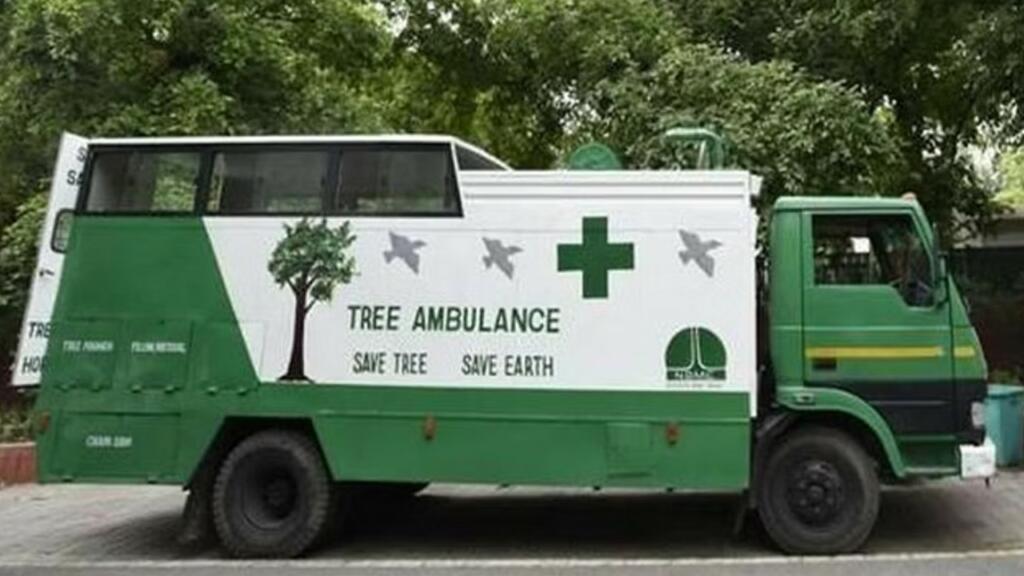Bharat, that is, India, is the cradle of civilization. The most remarkable aspect is that, beyond various isms, Indians’ ancestors had found a way to assimilate economic growth and nature. The era is coming back. The tree ambulance is just a humble beginning.
Tree ambulance
MP CM Shivraj Singh Chouhan has appreciated Indore Municipal Corporation for starting the Tree ambulance service. “Indore has come up with yet another innovation. If a plant or tree by the roadside gets sick, the ambulance will rush to its aid, spray pesticides, and take care of it,” said CM Chouhan.
CM Chouhan is right, except for the fact that it is not Indore’s innovation. The concept of tree ambulances in India can be traced back as far as 2010. It had cost Rs 13.5 lakh to the New Delhi Municipal Council. It was a green truck with sirens and warning lights. Unfortunately, it had to be abandoned.
Also read: Justice Hans Raj Khanna: A judge who stood firm in the face of adversity
A decade-old concept
But the concept made its way into our daily lives. Nearly 250 km away, a timber merchant named Sushil Agarwal has offered his car for the service. It carries spades, a water tank, termite killer, and manure, among others. He has a team of 100 volunteers in the Vidhyadhar area. Within a radius of 10 –11 km, they have been taking care of about 3 lakh trees for the last 7 years. Monthly cost is Rs 2 lakhs, which the group bears itself.
Down south, Chennai got its first such ambulance in 2019. It was inaugurated by then Vice President M Venkaiah Naidu. After that, a flurry kicked off. Soon, cities like Amritsar, Kochi and lately Delhi SDMC and EDMC adopted the idea in 2022.
Understanding how they operate
These tree ambulances are armed with all sorts of facilities that an ailing tree needs. They have well-trained tree doctors. Stuff like pesticides, fungicides, insecticides, and a really long pipe fitted onto a motor and a tall ladder. The pipe is used to wash the leaves while the ladder is used to climb up the tall tree.
Also read: The Lahore declaration that was not meant to be
The “doctors” of these ambulances have received training from institutes like the Forest Research Institute, Dehra Dun; the Indian Agricultural Research Institute, Pusa; and the School of Gardening at the Purana Quila Nursery.
These vans move at a slow pace in their cities. If you find them stationary, it means either the first aid for surgery or a tree surgery is going on nearby. It takes nearly an hour to operate a tree infested by termites or other pests. Moreover, these ambulances also take charge of watering in case rain has not occurred for the last two weeks.
Support TFI:
Support us to strengthen the ‘Right’ ideology of cultural nationalism by purchasing the best quality garments from TFI-STORE.COM
